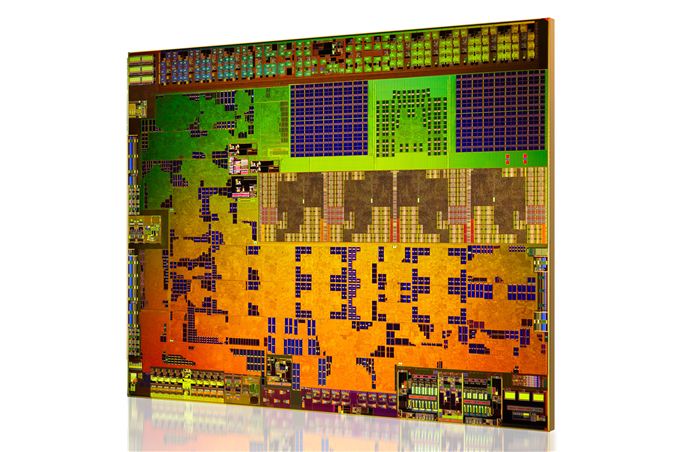The AMD Kabini Review: A4-5000 APU Tested
by Jarred Walton on May 23, 2013 12:00 AM EST
Anand is covering AMD’s latest Kabini/Temash architecture in a separate article, but here we get to tackle the more practical question: how does Kabini perform compared to existing hardware? Armed (sorry, bad pun) with a prototype laptop sporting AMD’s latest APU, we put it through an extensive suite of benchmarks and see what’s changed since Brazos, how Kabini stacks up against Intel’s current ULV offerings, and where it falls relative to ARM offerings and Clover Trail. But first, let’s talk about what’s launching today.
AMD has a three-pronged assault going out today: at the bottom (in terms of performance) is their 2013 AMD Elite Mobility Platform, formerly codenamed Temash. The main subject of this review is the newly christened 2013 AMD Mainstream APU Platform, aka Kabini. And at the higher end of the spectrum we’re also getting the Richland update to Trinity, which AMD is calling their 2013 Elite Performance APU Platform. We’ll cover all of these with Pipeline pieces, but here’s the overview of the Kabini parts:
In total there are five new Kabini APUs launching: one 25W part, three 15W parts, and one 9W offering. The hardware is the same from the architectural side of things, with the A-Series parts coming with four Jaguar CPU cores and supporting DDR3L-1600 while the E-Series will be dual-core with DDR3L-1333 on two of the models and DDR3L-1600 on the highest performance option. The GPUs in all cases will be fully enabled 128 core GCN architecture parts, but clock speeds range from 300MHz on the 9W part up to 600MHz on the 25W part, with the 15W parts filling in at clocks of 400-500MHz.
AMD provided plenty of material to discuss, and as usual there’s a lot of marketing material that we don’t need to get into too much. For those of you that want to see the AMD slides, though, here’s the full Kabini presentation gallery. Or if you're really interested, I've put the full 2013 Mobility Platforms deck into our galleries.

















130 Comments
View All Comments
Gigaplex - Thursday, May 23, 2013 - link
I don't think these chips are hUMA yet.silverblue - Saturday, May 25, 2013 - link
I don't think we're even getting that until Kaveri, unless the console setups feature it.HalloweenJack - Thursday, May 23, 2013 - link
why are you including a cpu which isn't in the same market? `hey here's a good AMD APU , but were going to ignore that and put an IB in the graphs for lol factor cause its far better and we don't want AMD to look good for once`. seriously anandtech.haukionkannel - Thursday, May 23, 2013 - link
This could be really nice in 7" to 8" windows8 tablet! Faster than atom, cheap and eat less power. Finally one can get surface pro tablet near 300-400$ and still get resonable good performance...Yeah Haswell ULV will be much faster, but then the cost will be near 1000$ for tablet, I am not so interested in that alternative!
Fanny how AMD can beat intel in ultra portable devices! We really need a new version of Atom to compete with this. Luckily it is coming so we will see some old fachioned competition in that sector! Competetion is good! We just have to see what has happened in highend CPU and see stalling situation in there...
whyso - Thursday, May 23, 2013 - link
This is using way more power than the atom z2760.Gaugamela - Thursday, May 23, 2013 - link
Go check benchmarks for Temash.whyso - Thursday, May 23, 2013 - link
Its still using about twice as much power.z2760 tdp is 1.7-3 watts.
axien86 - Thursday, May 23, 2013 - link
AMD Jaguars destroys Atom Z2760 in performance while costing the same. Consumers win.
silverblue - Saturday, May 25, 2013 - link
With Toms, they were told by AMD that Kabini should be compared to stuff within the same price bracket, hence the Pentium and i3 in their review.Here, AT doesn't have comparable hardware (they don't get sent it).
CajunArson - Thursday, May 23, 2013 - link
Dude.. AMD put together a laptop and shipped it to Anandtech for benchmarking. How is it Anandtech's fault that AMD intentionally chose not to put dual-channel memory into a prototype notebook that it built itself? Instead of blaming Anandtech for being "biased," maybe we should be looking at why AMD chose not to equip its own prototype with dual channel memory?